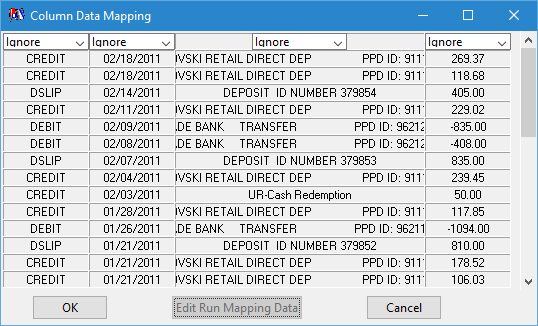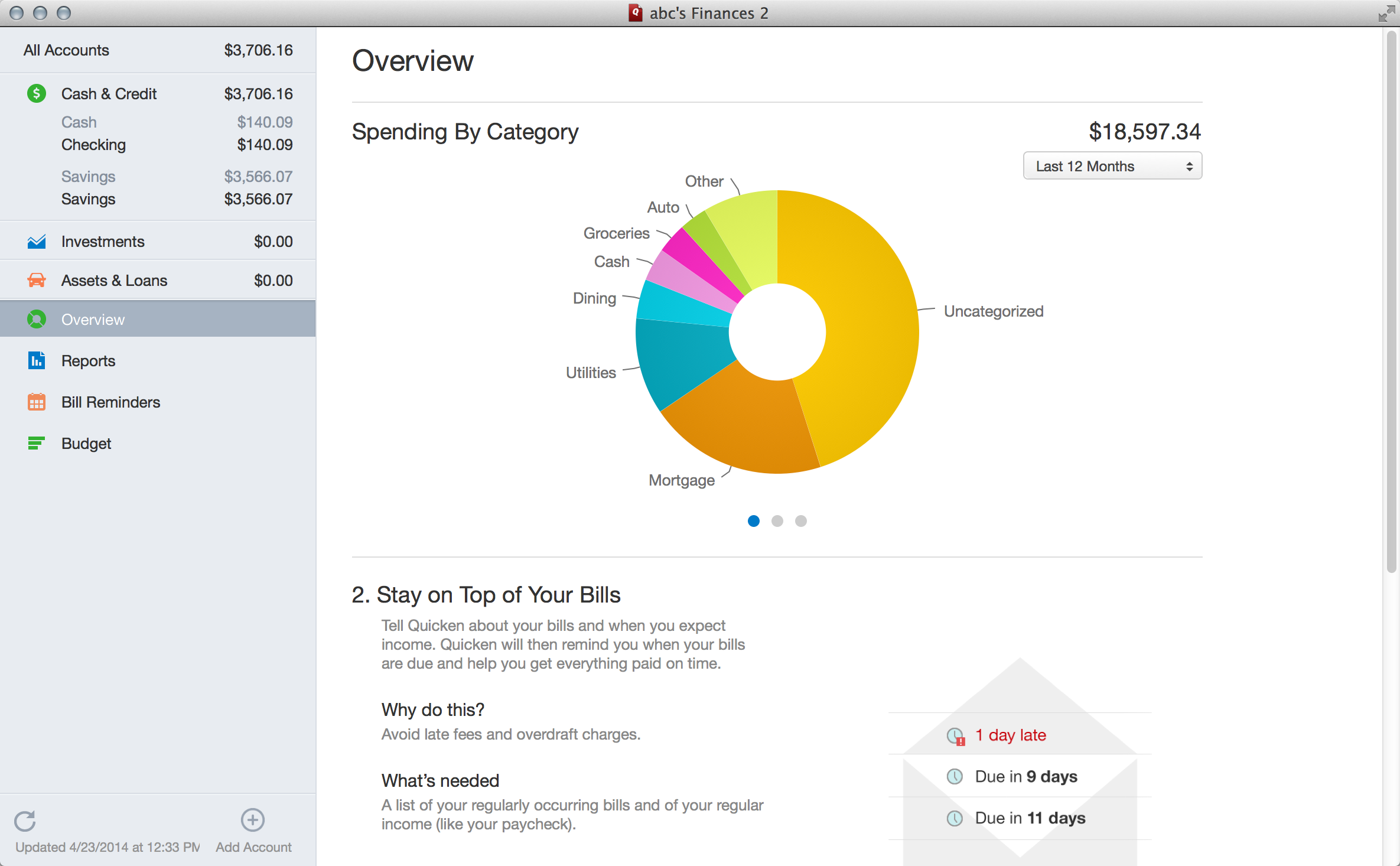

If you need help determining where a data file is, Quicken can help you find a file. Click Browse to select a different location.Quicken will automatically add the correct file extension.

Enter a name for the import file at the end of the existing path (make sure there is a backslash \ before the file name).The Location of QIF file field displays the preset path of the import file.Choose File menu > File Import > QIF file.If you're importing the data from an external disk, insert the disk and copy the QIF file onto your hard disk and copy the QIF file onto your hard disk.If the account you want to import data into doesn't yet exist, create a new one.
IMPORT TSP CSV TO QUICKEN DOWNLOAD
QIF import is also available for any exported list, but the file you want to import the list into must already include a valid account. QIF import isn't available for checking, savings, or credit card accounts, or for 401(k) or any other brokerage accounts, although some financial institutions offer price history download via QIF. If you have purchased Quicken Home & Business, you can use QIF to import transactions into accounts payable accounts and invoice accounts as well. QIF import is available only for asset and liability accounts (including house and vehicle) and cash accounts. Quicken will either automatically add them to your register, or you can review and accept the imported transactions, depending on your downloaded preferences.


 0 kommentar(er)
0 kommentar(er)
